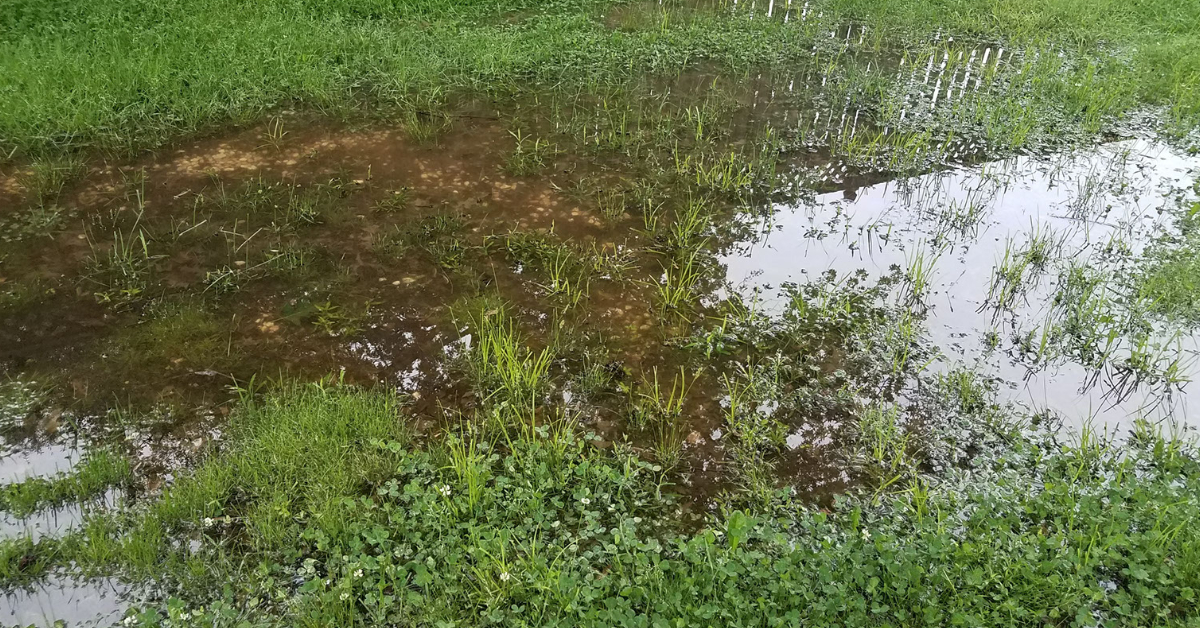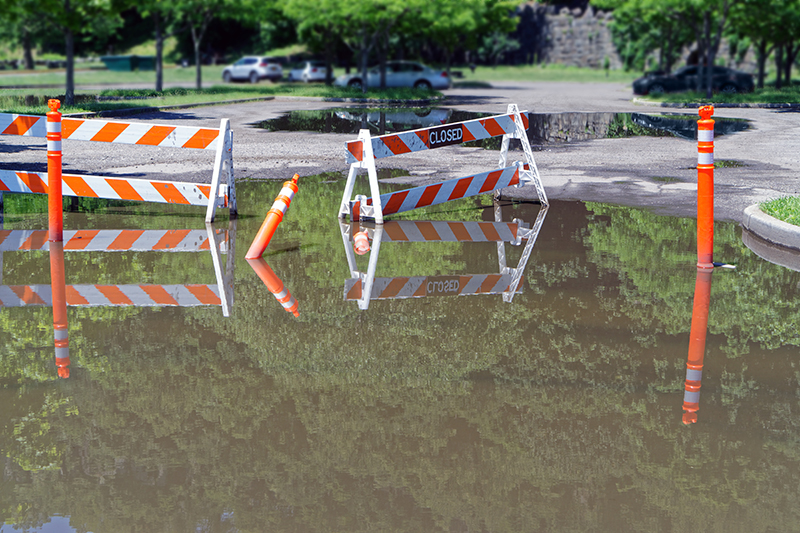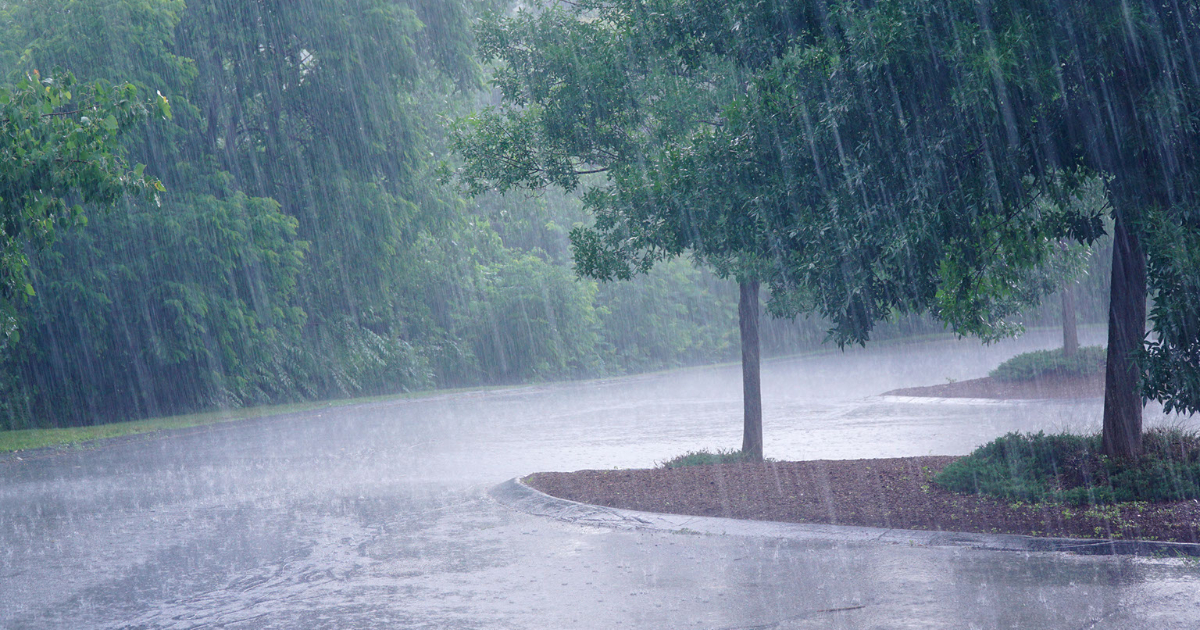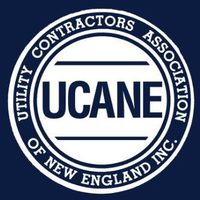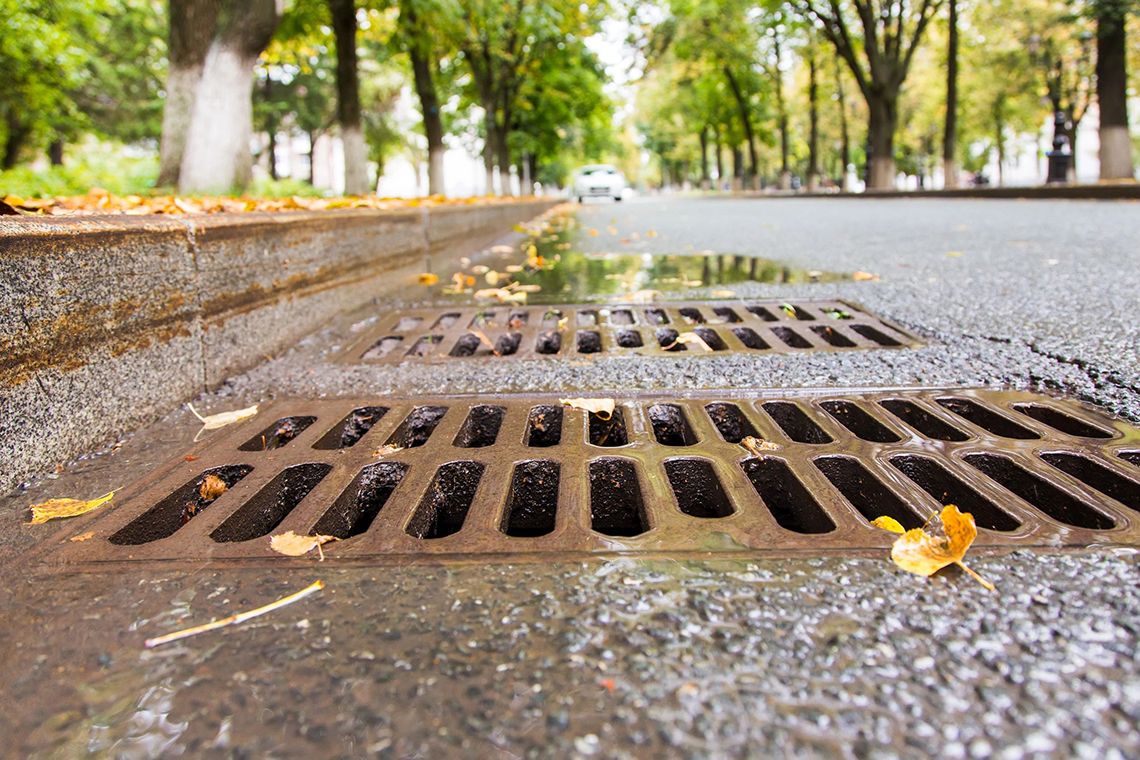
Did you know that inspection and maintenance is fundamental to the long-term performance of any stormwater treatment unit? That means whether you have an older stormceptor at your facility, or have recently had a new one installed, it must be properly maintained in order to keep functioning in the proper manner. Although maintenance on a regular basis is crucial, the good news is that it does not need to be complicated. For example, most stormceptors are designed in a way that makes both the inspection process and maintenance procedures fairly simple and cost effective.
Stormceptor units are typically accessible at grade level. When properly maintained, your stormceptor will function as designed, meaning it will be able to capture pollutants at full capacity. When a stormceptor is newly installed it should be inspected once construction of the unit is complete. The inspection should occur before it is put into service. From that point, the newly installed unit should be inspected every six (6) months for the first year. That way the oil and sediment accumulation rate can be determined with an accurate approach.
Once the stormceptor has reached its first birthday, so to speak, it should be inspected on a yearly basis. That being stated, it is important to check your local requirements as each city/ town in MA, NH, RI, CT, VT, and ME has different requirements. In addition, stormceptors need to be inspected directly after any chemical spills, fuel spills, or oil spills to ensure that the pollutants are secure. Although maintenance can be performed rapidly with the use of a vacuum truck, it is important to work with an environmental company that has the experience and knowledge to do the job the right way.
Not everyone is familiar with what a stormceptor is and how it works so we will get into that next. Basically, a stormceptor is a hydrodynamic separator that removes contaminants and pollutants from stormwater and snowmelt runoff. In essence, they protect our local waterways from stormwater pollution and hazardous material spills. This includes but is not limited to suspended sediment, free oils, and other pollutants that attach themselves to particles. When your stormceptor is working correctly, you can rest assured that the pollutants are not only captured but also contained even during the fiercest rainstorms.
That is good news for property owners and facility maintenance professionals because you are responsible for any and all stormceptors that are located on your property. That means if they are not working properly and end up polluting the environment, you are responsible for the cleanup. You may also face significant fines. When all is said and done, it can cost you a tremendous amount of money and time. So how does a stormceptor actually work? The stormwater or snowmelt off enters into the stormceptor through either an inlet pipe or inlet grate.
An insert then slows down the water and directs it to a lower chamber. The lower chamber allows debris and free oil to rise while the sediment settles. The free oils and other floatable elements are trapped in the stormceptor. The sediment remains until it is removed during the stormceptor maintenance process. When the stormwater/snowmelt runoff is treated, it simply exits the stormceptor through the outlet pipe. The water is then released into the sewer system, a local retaining pond, or into a local stream or pond. Although we would not suggest drinking the water, it is considered to be environmentally safe.
If you have any questions about stormceptor inspection and maintenance, or would like to schedule service we are happy to help. Jolin Paving & Excavating, Inc. is your New England connection for a vast variety of environmentally related services. Our company has been serving Boston Massachusetts, Southern NH, VT & ME as well as Northern CT & RI since 1952. Please Contact us to learn more today.
continue reading

